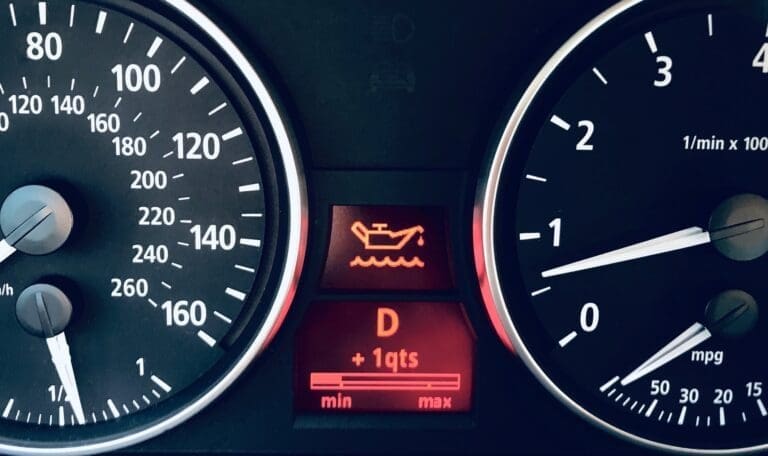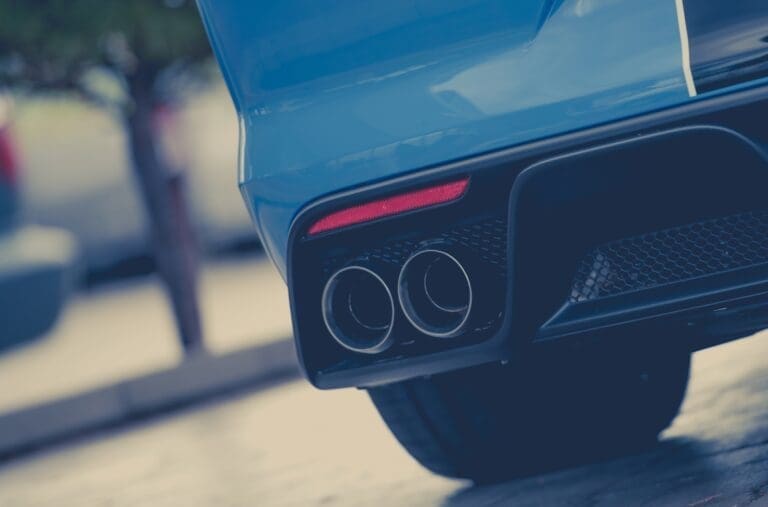When it comes to understanding your vehicle’s performance, one of the most critical metrics is BHP, or Brake Horsepower. This measurement indicates the amount of power your car’s engine produces and is a key indicator of overall engine performance. Whether you’re tuning your car for improved speed or simply curious about its current output, knowing how to perform a BHP check can be invaluable.
In this post, we’ll explore what BHP is, why it matters, and how you can accurately check your car’s BHP to ensure optimal performance.
What is BHP (Brake Horsepower)?
Table of Contents
ToggleBrake Horsepower (BHP) refers to the amount of power your car’s engine produces before power losses from friction or auxiliary components, such as the gearbox, alternator, or water pump. Unlike other forms of horsepower measurements, BHP represents the engine’s power output without any interference from the vehicle’s drivetrain components.
The higher the BHP, the more powerful your vehicle’s engine is, meaning it can accelerate faster, pull heavier loads, and generally provide a more dynamic driving experience.
Why is BHP Important?
Understanding your car’s BHP can provide a wealth of information about its performance, especially if you are making modifications or if the vehicle has lost performance over time. Here are some of the main reasons why BHP is important:
- Performance Tuning: Car enthusiasts often modify their vehicles to increase BHP, which improves acceleration and top speed. Knowing the current BHP allows you to measure the effectiveness of these modifications.
- Fuel Efficiency: While more BHP typically means more power, it can also indicate higher fuel consumption. Understanding the balance between power and fuel efficiency helps you optimize performance.
- Vehicle Comparison: When purchasing a car, knowing the BHP allows for better comparisons between models. A car with higher BHP will generally outperform a lower BHP car in terms of acceleration and towing capacity.
- Maintenance and Diagnostics: If your car is underperforming, checking the BHP can help diagnose potential engine issues. A significant drop in BHP may indicate engine wear, clogged components, or other mechanical problems.
How to Perform a BHP Check on Your Car
There are several methods to check your car’s BHP, ranging from professional diagnostics to at-home tools. Below are the most common and accurate ways to determine your vehicle’s brake horsepower.
1. Rolling Road Dyno Test
The most accurate way to measure your car’s BHP is through a rolling road dynamometer (dyno) test. A dyno test measures the engine’s power output while the car’s wheels are driven on rollers, simulating real-world driving conditions. This test accounts for power losses through the drivetrain, providing a true measure of the car’s performance at the wheels (also known as WHP, or Wheel Horsepower).
Here’s how a dyno test works:
- Preparation: Your car is placed on the dynamometer, and the wheels are locked onto rollers that simulate road conditions. A series of sensors are connected to measure data.
- Testing: The car is revved through various RPM ranges while the dyno records the power output at different speeds. The data is collected and displayed on a computer, providing you with precise BHP readings.
- Analysis: The results show both the BHP at the engine and WHP at the wheels. This allows you to see how much power your car produces and where power losses occur in the drivetrain.
A dyno test provides the most accurate BHP readings and is ideal if you are looking to make performance upgrades or diagnose engine issues. However, it requires professional equipment and can be costly, typically ranging between £50-£150 depending on your location.
2. OBD-II Performance Tuning Tools
Another method for checking your car’s BHP is by using an OBD-II performance tuning tool. These tools plug into your car’s OBD-II port (usually located under the dashboard) and allow you to read real-time engine data, including horsepower estimates.
While not as accurate as a dyno test, an OBD-II tool can provide a good estimate of your vehicle’s power output. Some OBD-II tools also allow you to adjust engine parameters to optimize performance and increase BHP.
3. Car Manufacturer Data
If you don’t have access to a dyno or OBD-II tool, the easiest way to check your car’s BHP is by consulting the manufacturer’s specifications. Most car manufacturers publish the BHP ratings for their vehicles in the owner’s manual or on their website. However, keep in mind that these are typically ideal figures based on a new vehicle with no modifications, so actual BHP may vary.
Factors That Affect BHP Readings
When performing a BHP check, it’s important to understand the factors that can affect the readings. These include:
- Air Intake: Your engine needs a steady supply of air to function efficiently. A blocked or dirty air filter can reduce airflow, leading to lower BHP.
- Fuel Quality: Poor quality or contaminated fuel can negatively impact engine performance and result in lower BHP. Always use the correct fuel grade for your vehicle.
- Engine Wear: Over time, engines experience wear and tear, which can lead to reduced power output. Regular maintenance is essential for preserving BHP levels.
- Vehicle Modifications: Upgrades such as turbochargers, exhaust systems, or remapping can significantly increase your car’s BHP. After modifications, always perform a BHP check to measure the results.
Can You Increase Your Car’s BHP?
If you’re looking to boost your vehicle’s BHP, there are several modifications you can make. Some popular upgrades include:
- Remapping: Adjusting your car’s ECU (Engine Control Unit) to optimize fuel and air ratios can increase BHP significantly. This is one of the most common and effective ways to boost power.
- Performance Exhaust: Upgrading your car’s exhaust system allows for better airflow, reducing backpressure and increasing engine efficiency, which translates into higher BHP.
- Cold Air Intake: A cold air intake system improves airflow to the engine, resulting in a power boost. This is a relatively simple upgrade that can enhance BHP without major modifications.
- Turbocharging/Supercharging: Adding a turbocharger or supercharger forces more air into the engine, resulting in a significant increase in power and BHP. However, this modification requires expert installation and can be expensive.
Conclusion
Performing a BHP check on your car is an essential part of understanding and optimizing its performance. Whether you’re using a dyno test, an OBD-II tool, or consulting manufacturer data, knowing your car’s BHP can help with diagnostics, performance tuning, and vehicle maintenance. By regularly checking your car’s BHP, you can ensure it’s running at peak efficiency and make informed decisions about potential modifications or repairs.



